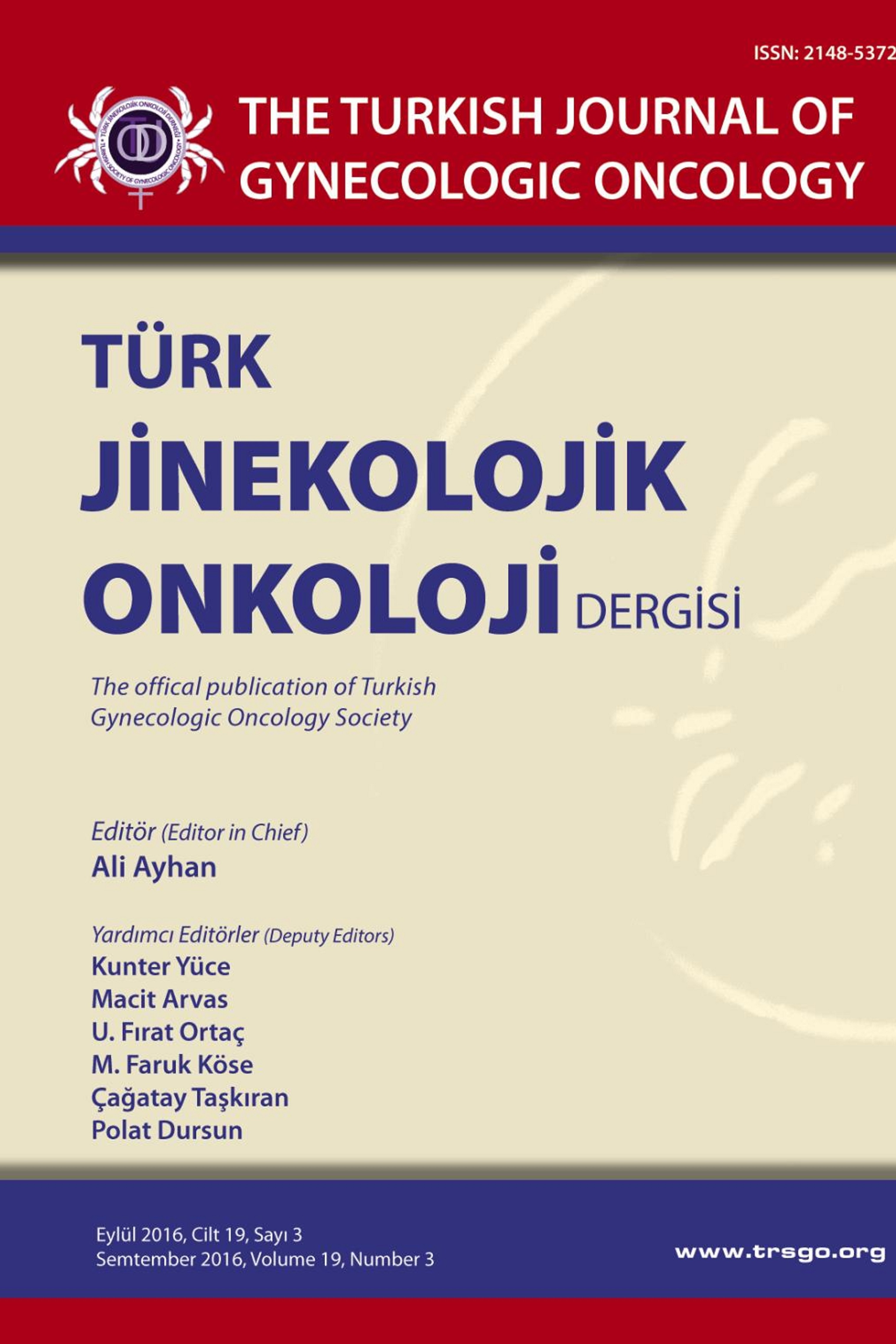ENDOMETRİAL HİPERPLAZİ YÖNETİMİNDE GÜNCEL YAKLAŞIM
Endometrial hiperplaziler jinekoloji prati¤inde s›kça görülen bir hastal›k grubudur. Bu grup hastalar›n klinik önemi efllik edebilecek olan genital kanserler ve izlemde progresyon sonucu geliflebilecek olan endometrial kanserlerdir. Tan› an›nda non-invazif metodlar kullan›larak altta yatan kanser olgular›n› saptamaya yönelik çal›flmalar son dönemde yo¤unlaflm›fl olsa da henüz sonuca vard›r›c› düzeyde de¤ildir. Günümüzde kansere progresyonu gösterecek olan prognostik faktörler üzerinde yo¤un çal›flmalar sürmekte ise de (WHO 94 vs. EIN) halen pratik hayatta kullan›labilir ve güvenilir bir s›n›flama sistemi bulunamam›flt›r. Endometrial hiperplazilerde tedavi hasta yafl›, fertilite arzusu ve mevcut hiperplazinin tipine ba¤l› olarak de¤iflmektedir. Günümüzde halen progestagenler en s›k kullan›lan medikal tedavi modalitesidir. Atipisiz olgularda yan›t oranlar› daha yüksektir. Seçilmifl olgularda definitif tedavi olarak histerektomi uygulan›labilir. Bu derleme makalede endometrial hiperplazilerin güncel yönetimleri, ilgili literatür eflli¤inde özetlenmeye çal›fl›lm›flt›r.
Endometrial hyperplasia is a commonly seen disorder in the daily gynecology practice. Clinical importance of these patients is the underlying risk of carrying a concomittant genital cancer or the risk of progression to endometrial carcinoma during the follow up. Despite to the recent advances in the non-invasive tecniques to define the underlying endometrial cancer during the initial admission of these patients; neither of these studies are conclusive yet. Today; dedspite to the intense discussions and studies related to define certain prognostic factors (WHO 94 vs. EIN) to predict the cases who would progress to cancer; we still do not have a practical and accurate system available to use during daily practice. Treatment of endometrial hyperplasias depends on the patient’s age, fertility desire and the type of present hyperplasia. Progestagens are still the most commonly used medical treatment modality in these patients. Response rates are higher in cases without atypia. In selected cases, hysterectomy may be performed as a definitive treatment modality. In this review article; current management of the endometrial hyperplasias are summarized in the light of associated literature
